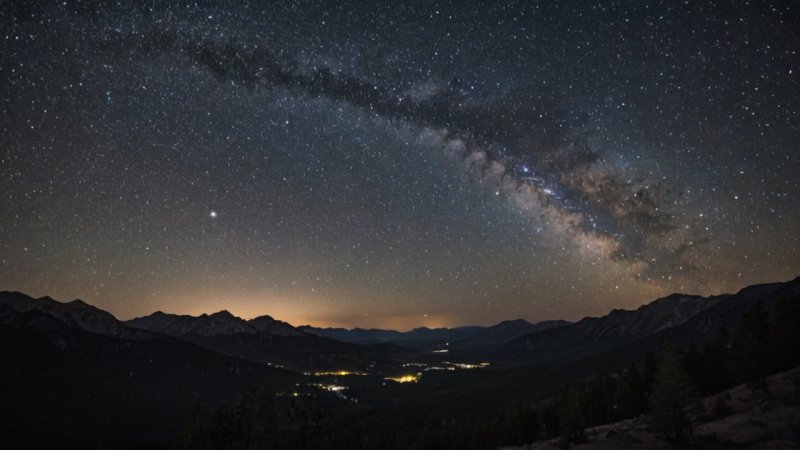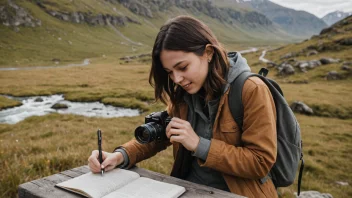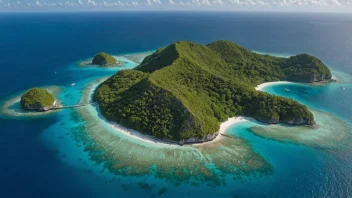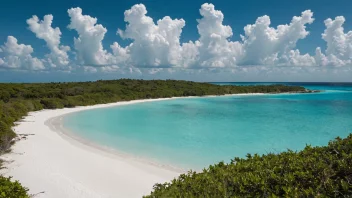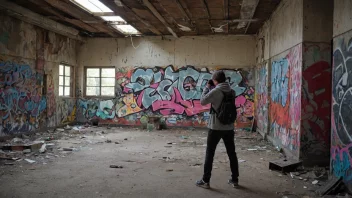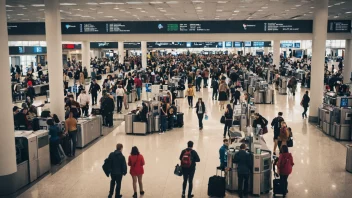Stargazing is one of the most enchanting experiences one can have, and what better way to immerse yourself in the cosmos than by visiting some of the best national parks in the USA? These parks not only offer breathtaking landscapes but also provide some of the clearest night skies, making them perfect for celestial observation. Below, we address some common questions travelers often have about stargazing in these stunning locations.
What are the best national parks for stargazing in the USA?
Some of the top national parks known for exceptional stargazing include:
- Big Bend National Park, Texas
- Death Valley National Park, California
- Joshua Tree National Park, California
- Glacier National Park, Montana
- Grand Canyon National Park, Arizona
- Yosemite National Park, California
When is the best time to go stargazing in national parks?
The ideal time for stargazing is typically during the new moon phase when the sky is darkest. Additionally, visiting during the fall or winter months often results in clearer skies and cooler temperatures, making it more comfortable to spend time outdoors at night.
Do I need to bring special equipment for stargazing?
While you can enjoy stargazing with just your own eyes, bringing binoculars or a telescope can enhance the experience, allowing you to see more details of celestial bodies. A star chart or a stargazing app can also be very useful for identifying constellations and planets.
Are there any stargazing events or programs in national parks?
Many national parks offer special stargazing events, ranger-led programs, and astronomy workshops, particularly during the summer months. It's a good idea to check the park's official website or visitor center for schedules and availability.
What are some tips for the best stargazing experience?
To make the most of your stargazing adventure, consider the following tips:
- Find a dark spot away from city lights.
- Bring a blanket or reclining chair for comfort.
- Allow your eyes to adjust to the dark for about 20 minutes.
- Dress warmly, as temperatures can drop significantly at night.
- Use red light headlamps or flashlights to preserve your night vision.
Can I camp in national parks for stargazing?
Absolutely! Many national parks offer camping facilities where you can stay overnight and enjoy the night sky right from your campsite. Be sure to reserve your spot in advance, especially during peak seasons.
Are pets allowed during stargazing in national parks?
While some national parks allow pets, they may have restrictions on where pets can go, particularly during nighttime events. Always check the park's regulations regarding pets before planning your visit.
What should I do if the weather is not suitable for stargazing?
If the weather is cloudy or rainy, consider visiting the park's visitor center for indoor activities or educational programs. Alternatively, you can explore nearby attractions or plan your visit for another night when the skies are clearer.
Stargazing in national parks is an unforgettable experience that allows you to connect with nature and the universe. Whether you're an experienced astronomer or simply someone who enjoys the beauty of the night sky, these parks provide the perfect backdrop for your celestial adventures. Remember to prepare ahead of time and enjoy the wonders above!
